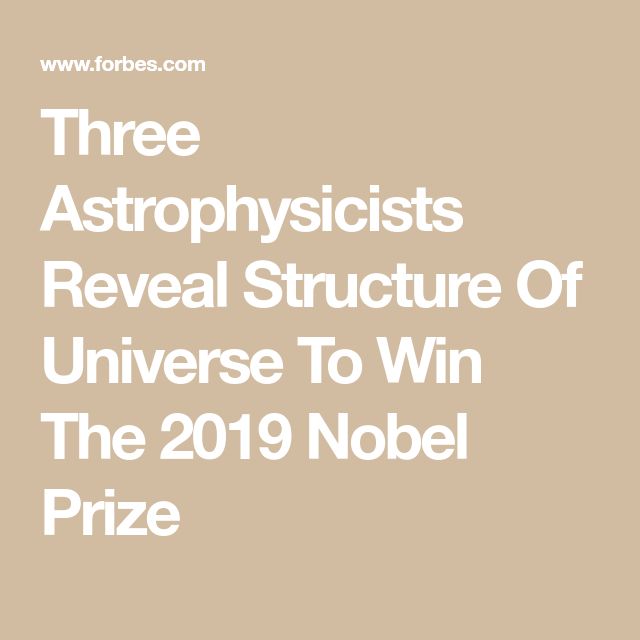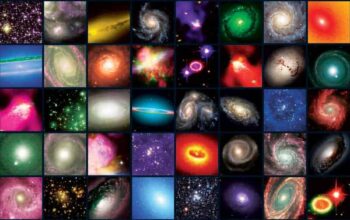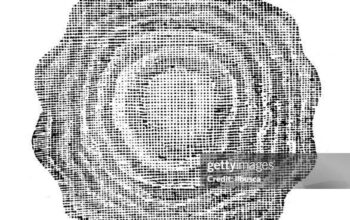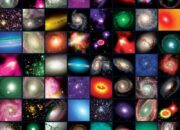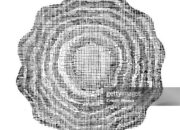In an extraordinary convergence of scientific inquiry and intellectual prowess, three eminent astrophysicists were recently awarded the prestigious Euro Prize. This accolade not only recognizes their groundbreaking advancements in understanding the cosmic architecture of the universe but also signifies a paradigmatic shift in astrophysical research methodologies. Their work heralds a new epoch in the discourse surrounding cosmology, gravitation, and the very essence of reality itself. This article seeks to elucidate the multifaceted contributions made by these scientists and the implications of their findings on the broader scientific community and society at large.
The crux of these astrophysicists’ achievements lies in their innovative approach to conceptualizing the universe’s structure. Traditional cosmological models have predominantly relied upon the frameworks established by early 20th-century physicists. However, as our observational capabilities have improved, a reevaluation of these foundational theories has become imperative. The award-winning trio has intricately woven together insights from contemporary quantum theories, general relativity, and observational astronomy to propose a novel cosmological model that diverges sharply from the Big Bang paradigm.
One of the central themes of their research is the reconsideration of dark matter and dark energy, two enigmatic components thought to constitute the bulk of the cosmos. Using advanced computer simulations and observational data from large-scale cosmic surveys, the astrophysicists have illustrated how these components interact with baryonic matter in ways previously unconsidered. Their findings suggest that the gravitational effects attributed to dark matter may, in fact, arise from a more complex interplay of forces and factors—including modifications to our understanding of gravity itself.
Furthermore, the implications of this new model extend beyond theoretical constructs. The practical applications of their research may influence technologies such as satellite systems, GPS navigation, and even quantum computing. As the universe is increasingly viewed through a lens of interconnectedness, the call for interdisciplinary collaboration between physicists, computer scientists, and engineers becomes more pronounced. This paradigm of cross-pollination between disparate fields could catalyze untold advancements in both theoretical physics and applied sciences.
The eminent scientists also argue that the observable universe may not be merely three-dimensional; they propose a dynamic model incorporating additional spatial dimensions. This hypothesis has been met with mixed reactions within the scientific community. While some physicists welcome the notion of additional spatial dimensions as a way to synthesize quantum mechanics with general relativity, skeptics caution against hastily adopting unverified theories without robust observational evidence. Nevertheless, this debate underscores the vitality and tumultuous nature of scientific progress—an ever-evolving dialogue that prompts further investigation and inquiry.
In terms of specific methodologies, the research employed advanced statistical techniques and machine learning algorithms to analyze vast datasets from telescopes and satellite missions. Such computational tools have become indispensable in astrophysics, where the sheer volume of data generated often challenges traditional analytical frameworks. In some cases, the astrophysicists utilized these algorithms to identify anomalies within previously accepted models, leading to the refinement of their hypotheses and corrections to long-standing beliefs.
The sociocultural ramifications of their findings are equally profound. By fostering a more nuanced understanding of the cosmos, these researchers are challenging humanity’s place within it. The dialogue surrounding the universe’s structure has implications that resonate far beyond academia, intertwining with philosophical inquiries about existence, purpose, and the nature of knowledge itself. The ability to reconceptualize the universe instills a sense of awe and curiosity in the public, potentially inspiring future generations of scientists and thinkers.
The Euro Prize awarded to these astrophysicists also brings to light the importance of public engagement in scientific research. As the cosmos presents its myriad mysteries, the task of translating complex theories into digestible narratives becomes paramount. Outreach initiatives that bridge the gap between rigorous academic research and public understanding can stimulate interest in science. Initiatives such as public lectures, interactive exhibits, and digital platforms serve as vital conduits for communicating the excitement and relevance of modern astrophysical research to a broader audience.
Moreover, the recognition of these scientists serves to elevate the profile of astrophysics within the larger scientific landscape. Resource allocation for space exploration, observational projects, and funding for innovative research often hinges on public perception and support for sciences. Consequently, accolades such as the Euro Prize play an indispensable role not only in validating the work of individual researchers but also in advocating for further investment in the scientific enterprise as a whole.
In conclusion, the recent accolade bestowed upon these three astrophysicists embodies much more than a recognition of their individual contributions; it illuminates the intricate tapestry of modern astrophysical inquiry. Their reexamination of the universe’s structure compels a reevaluation of established scientific doctrines and encourages an expansive view that interlinks various scientific disciplines. This progression, laden with both challenges and opportunities, signals an exhilarating chapter in our quest for understanding the cosmos in all its complexity.
In an era marked by rapid advancements in technology and scientific thought, the narrative of astrophysics continues to evolve. The inquiries born from this research not only deepen our comprehension of the universe but also invigorate the collective scientific spirit that seeks to push the boundaries of human knowledge. As these thinkers chart the unknown, they invite society to join them on this thrilling voyage of discovery.
